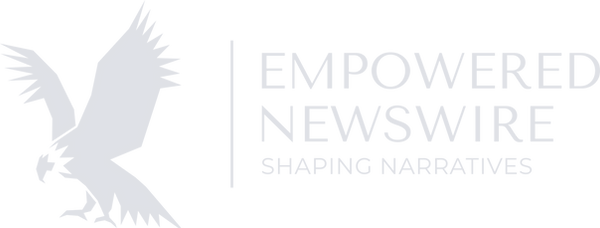Three years after the Tokyo Olympics faced strict measures and empty stands due to the global COVID-19 pandemic, Paris now confronts a new challenge with the virus. The EG.5 variant has surfaced, affecting several athletes and prompting renewed caution among participants.
Despite the concern, the impact of this outbreak is more contained compared to previous instances. However, it has led to notable athletes withdrawing from their events. Australian swimmer Lani Pallister, who was a strong contender in the women’s 1500 meters freestyle, tested positive and had to withdraw. A team spokeswoman explained that this decision was made to conserve Pallister’s energy for the upcoming 4x200m freestyle relay on Thursday.
British swimmer Adam Peaty also tested positive shortly after winning silver in the 100m breaststroke, sharing the podium with American Nic Fink. Peaty aims for a “fast, full recovery” to compete in the relay events later in the week. His teammate, Matt Richards, commented, “Adam’s okay, he’s not dying. He’s alright, just a bit of a cold. We’ll avoid it (COVID) as best as we can… If we get a little bit ill whilst we’re racing, we’ll keep racing. It’s how we do it.”
The Australian women’s water polo team also faced challenges, with several players testing positive for COVID-19 before the opening ceremony. Despite this setback, the team played and won against Serbia with an 8-3 score.
The Paris Olympics are the first post-pandemic games with no strict COVID-19 protocols, unlike the delayed Tokyo Games and the tightly regulated 2022 Beijing Winter Olympics. Anne Descamps, Paris 2024 chief communications director, stated, “We have a protocol (that) any athlete that has tested positive has to wear a mask and we remind everyone to follow best practices but in terms of monitoring COVID, cases are quite low in France.”
British swimmer Jacob Whittle emphasized that his team is taking extra precautions, including hand sanitizing and wearing masks whenever possible. “It’s just being extra cautious when eating and going on buses and communal spaces, just being really conscious so as to not catch it and also if you’ve got it not to give it to anyone else. Just being careful really,” he explained.
Canada’s chief medical officer, Mike Wilkinson, mentioned that his team continues to follow effective infection prevention protocols from the pandemic. “We also have a team that disinfects shared spaces throughout the day, and isolation protocols for anyone who does get sick,” Wilkinson said.










